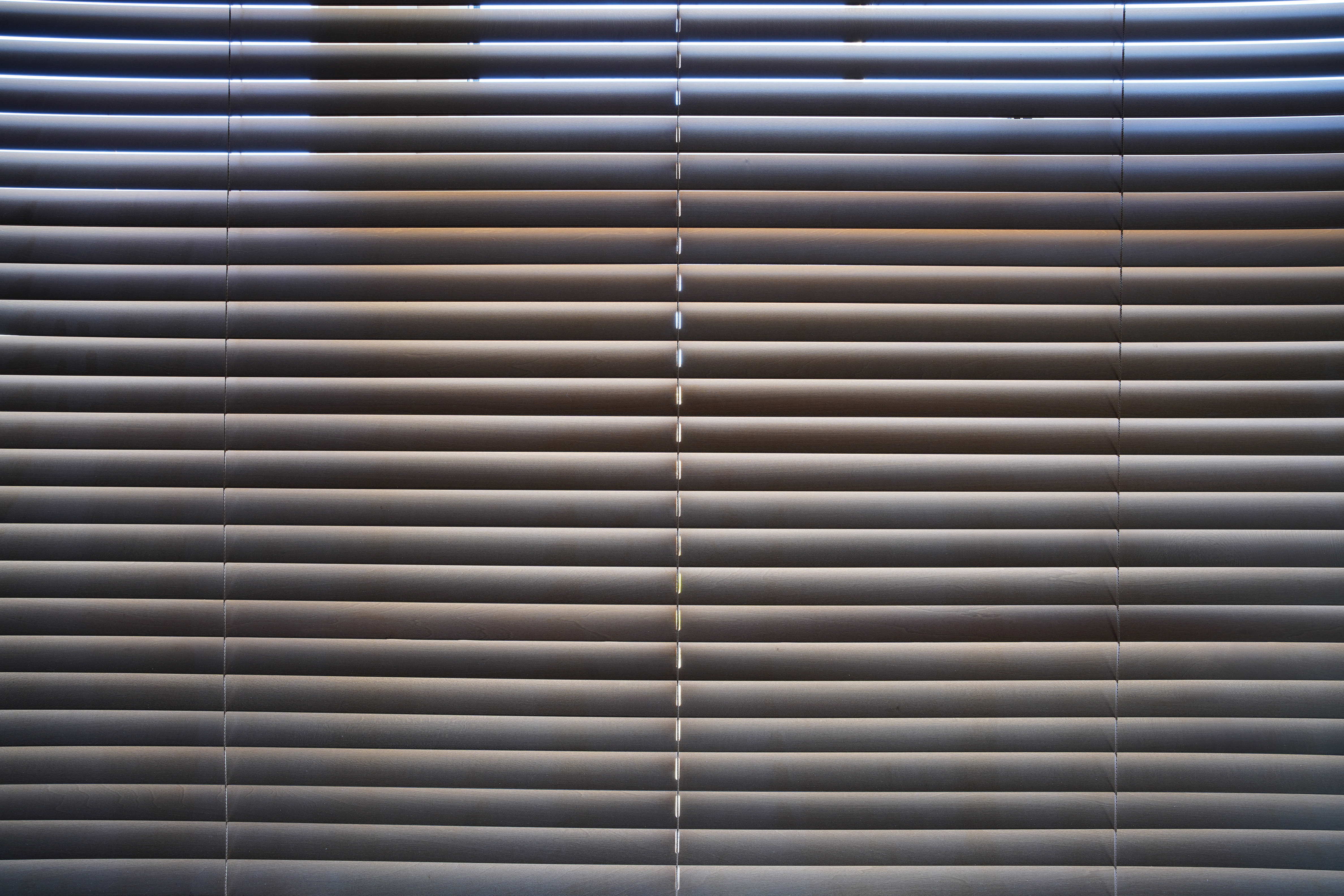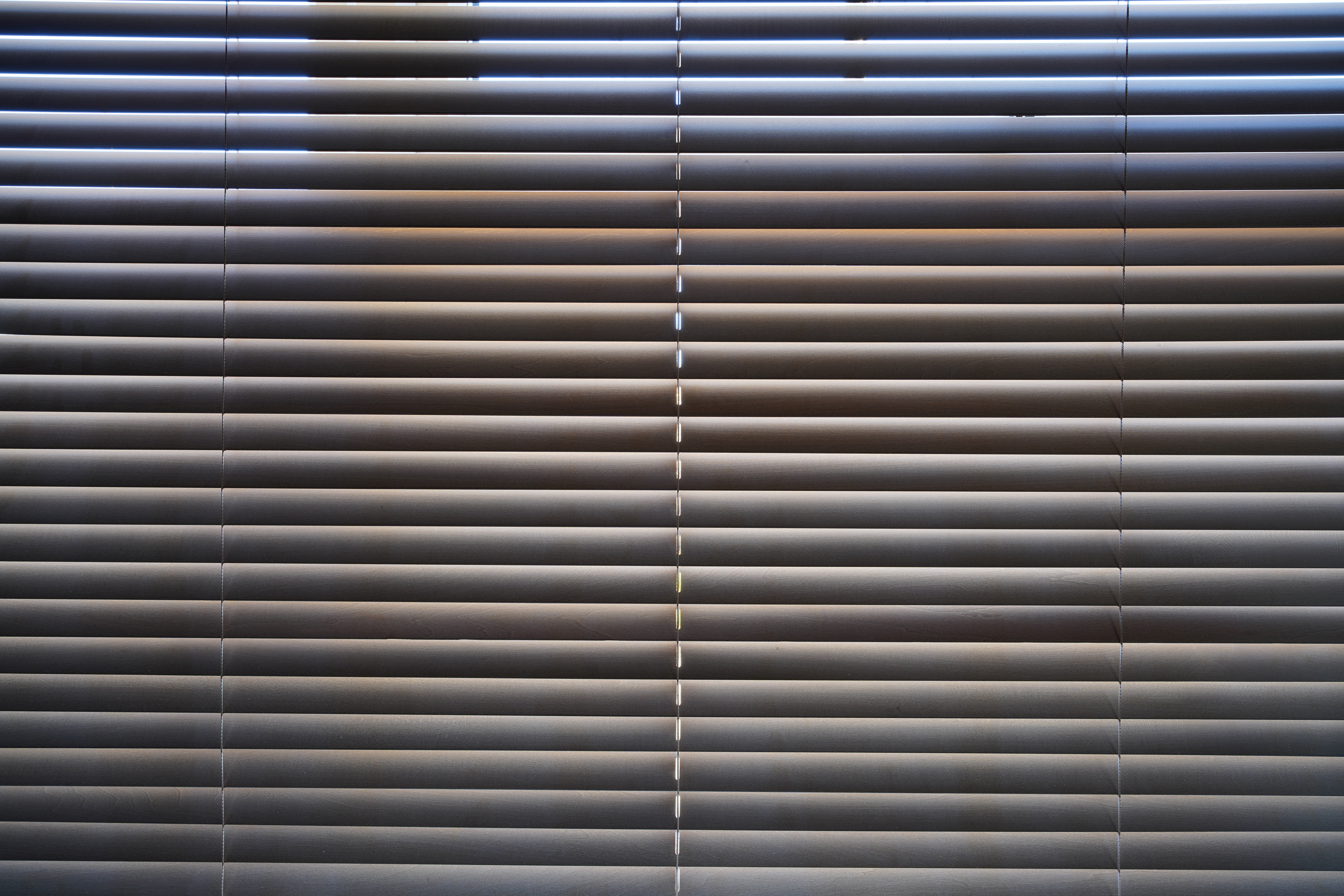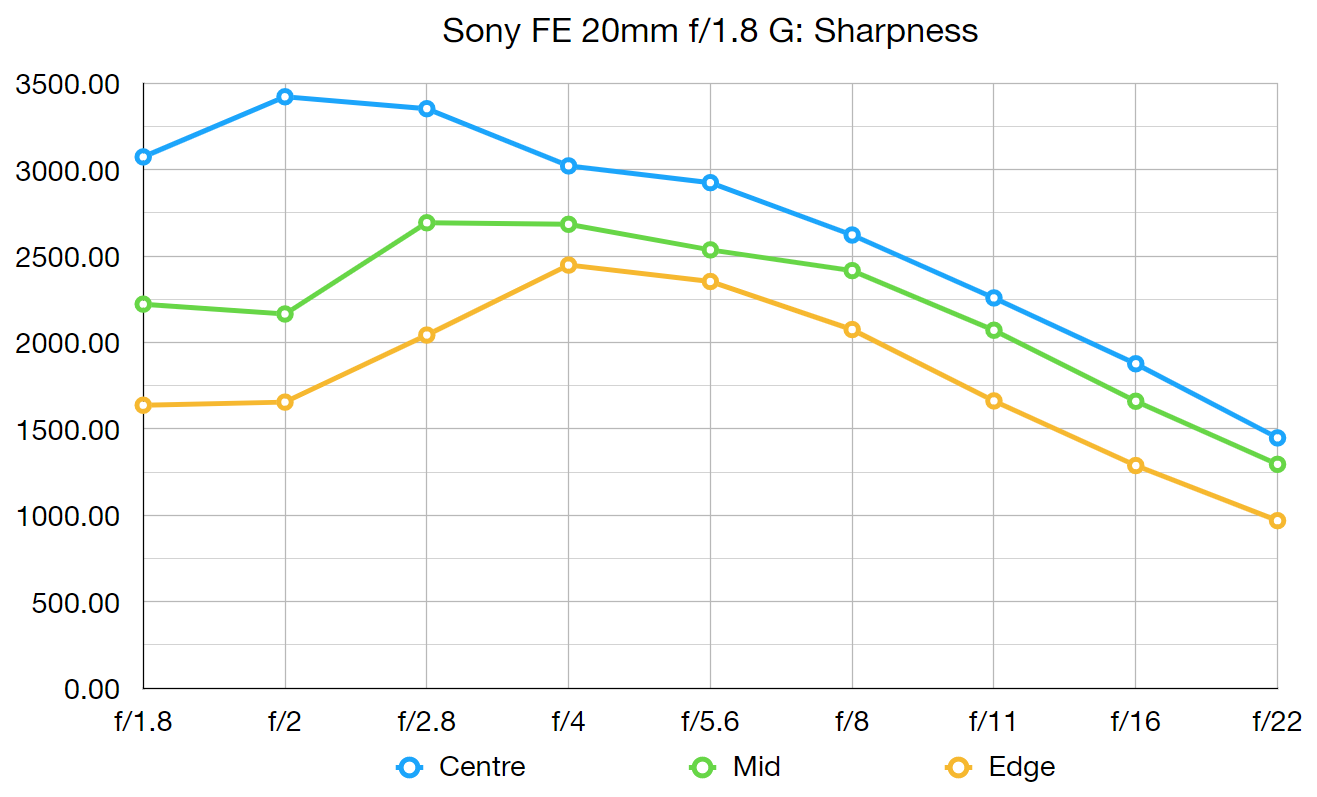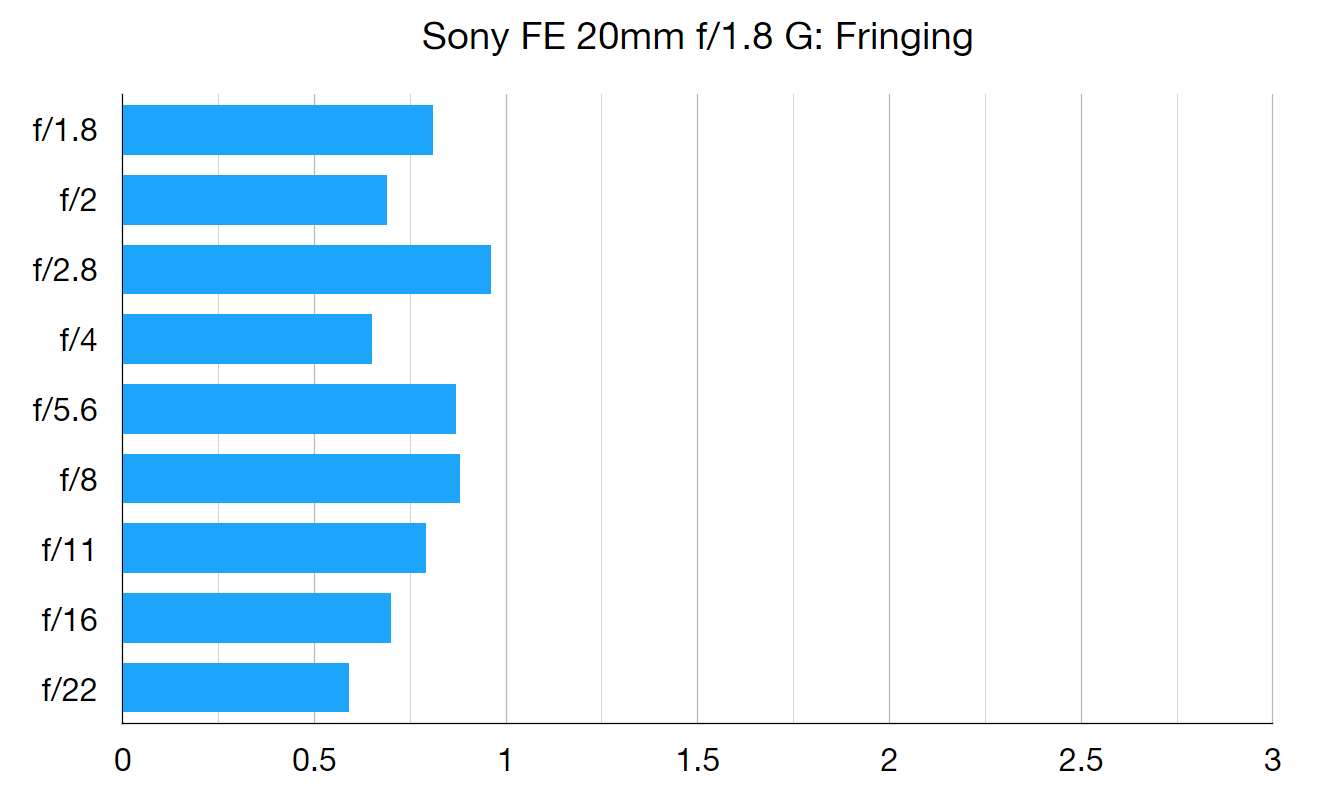Digital Camera World Verdict
Until now, the widest Sony prime for A7 and A9 series cameras was the FE 24mm f/1.4 G Master. And while excellent, it doesn’t go any wider than a 24-70mm zoom and is very pricey. The new Sony FE 20mm f/1.8 G boosts your viewing angle from 84° to a much wider 94° and, while it doesn’t have quite such a fast aperture, it’s impressively compact yet delivers stunning image quality – all while undercutting the FE 24mm for price. This new lens is altogether fabulous.
Pros
- +
Mighty viewing angle
- +
Incredible image quality
- +
Superb handling
Cons
- -
Quite expensive to buy
Why you can trust Digital Camera World
The Sony FE 20mm f/1.8 G arrives pretty late to the 20mm prime party for the manufacturer's full-frame mirrorless cameras.
Already on the market is the Sigma 20mm f/1.4 DG HSM Art, which is big and heavy at nearly a kilogram but great value for money. Then there's the pricier but slower Tokina Firin 20mm f/2, and the refreshingly compact and affordable yet high-performance Tamron 20mm f/2.8 Di III OSD M1:2.
If you can live without autofocus, there’s also the reasonably priced Samyang / Rokinon 20mm f/1.8 ED AS UMC and the exotic Zeiss 21mm f/2.8 Loxia, which is so close to a 20mm focal length that it still counts.
So then, how does this new own-brand Sony option fit into things – can it rival its competitors as one of the best astrophotography lenses, and does it stand proud with the best Sony lenses in other focal lengths?
Specifications
Mount: Sony E (full-frame)
Full frame: Yes
Autofocus: Yes
Image stabilization: No
Lens construction: 14 elements in 12 groups
Angle of view: 94 degrees
Diaphragm blades: 9
Minimum aperture: f/22
Minimum focusing distance: 0.19m AF, 0.18m MF
Maximum magnification ratio: 0.2x AF, 0.22x MF
Filter size: 67mm
Dimensions: 74x85mm
Weight: 373g

Key features
The Sony 20mm lens follows hot on the heels of the Tamron 20mm and, while they have an identical focal length, the Sony costs about two and a half times as much. We generally expect to pay more for own-brand lenses than their independent competitors but, even so, the Sony has a more upmarket feature set to justify the price hike.
For starters, the Sony is 1.33 f-stops faster than the Tamron. That can be useful for handheld shooting of architectural interiors and twilight cityscapes, enabling sufficiently fast shutter speeds without the need to bump up your camera’s ISO sensitivity setting. It’s also a major advantage for astrophotography, where you want the lens to transmit as much light as possible to the camera’s image sensor.
The optical path is relatively complex, based on four additional elements than in the Tamron lens, taking the total count to 14. These include two ‘Advanced Aspherical’ elements and three ED (Extra-low Dispersion) elements. The design aims to optimize sharpness and contrast, while minimizing both lateral and longitudinal chromatic aberrations, as well as coma. The last of these is important in astrophotography, as coma makes stars positioned towards the edges of the image frame appear to grow tails. The optical path also includes Nano AR Coating to minimize ghosting and flare.
Ultra wide-angle lenses can be useful in all sorts of scenarios, from landscape and architectural photography to action sports and even extreme close-ups. For tracking action, this lens boasts two XD (eXtreme Dynamic) linear motors, enabling it to take full advantage of the fast hybrid autofocus systems of recent Sony mirrorless bodies.
For getting in close and exaggerating perspective, it focuses all the way down to 19cm in autofocus mode and 18cm in manual focus. That produces a maximum magnification ratio of 0.2x or 0.22x respectively, which is pretty good but can’t compete with the Tamron 20mm lens’ 0.5x macro magnification, thanks to the Tamron’s 11cm minimum focus distance.

Build and handling
The Sony lens is about 70% heavier than the Tamron, at 373g, but it’s still pretty compact and lightweight considering the 1.33-stop faster aperture rating. It certainly feels very well matched to A7 and A9 series camera bodies, unlike the much larger Sigma 20mm f/1.4, which weighs in at 950g.
The construction feels tough, solid and very well engineered. Impressive build quality extends to all the controls, which work with smooth precision. Extensive weather seals are fitted and the front element has a fluorine coating, to repel moisture and greasy fingerprints.
Handling is an absolute delight. As well as being very fast, the autofocus system comes complete with a customizable focus hold button. In its default setting, it’s useful for pre-focusing at any given focus distance and stopping autofocus in its tracks. Switching to manual, the electronically coupled focus ring has a very linear response, enabling very precise adjustments for stills and smooth manual focus transitions during movie capture.
Similarly, there’s a handy aperture ring that operates with one-third f-stop click steps for shooting stills – and it benefits from a simple de-click switch to enable smooth, stepless adjustments when shooting movies.


Performance
Naturally, fancy optics, whizzy electronics, strong construction and refined handling don’t count for much if image quality doesn’t cut the mustard – but it’s here that the Sony 20mm plays its winning hand.
It delivers astonishing levels of sharpness right across the whole image frame and into the extreme corners, which is a real challenge for such a wide-angle lens. Contrast and color rendition are equally impressive, even when shooting wide open at f/1.8.
Even more remarkable for such a compact ultra wide-angle lens, there’s incredibly little distortion. Vignetting can be noticeable at the widest aperture, but automatic in-camera correction is available. Living up to Sony’s claims, resistance to ghosting and flare is very good and coma is very minimal.
Lateral chromatic aberration is so negligible that there’s hardly any color fringing, even at towards the extreme corners of the frame. Longitudinal chromatic aberration or ‘bokeh fringing’ is similarly minimal, with negligible fringes around edges of objects that lie in front of or behind the point of focus – again, even when shooting wide open at f/1.8.


Lab data
Sharpness

The FE 20mm f/1.8G performs just as superbly in our lab as it does outside it. We used a Sony a7R IV for lab testing to get the most out out of the lens, which will slightly increase the sharpness scores here. But even if fitted to a more average a7-series camera, the FE 20mm is capable of stunning centre sharpness. Both mid-frame and edge sharpness are also exceptional once you stop down to f/4.
Fringing

Chromatic aberration, visible as purple fringing around high-contrast boundaries in an image, is an issue every lens is susceptible to, but the Sony FE 20mm minimizes it to such a degree that you're very unlikely to notice it in real world shooting. And when you factor that these scores are recorded with all in-camera aberration correction disabled, these results are even more impressive.
Distortion: -0.07
Unusually for such a wide lens, a score of almost zero indicates that distortion is almost non-existent. In fact, the result is suspiciously good. We always disable any in-camera auto distortion correction for all lens testing in order to assess a lens's true optical performance, but in this case it seems there may possibly have been some correction inadvertently applied either in-camera or at the raw processing stage of testing.
Verdict
It’s been a long time coming, but the Sony FE 20mm f/1.8 G is well worth the wait. The weather-sealed construction is solid and durable. Handling is fabulous with fast autofocus and a customizable focus hold button, high-precision manual focus, and easy aperture control with a de-click switch.
Image quality is stellar in every respect, from corner-to-corner sharpness with superb contrast and color rendition, to the almost complete absence of unwanted aberrations including distortion, lateral and longitudinal chromatic aberrations and coma. Yes it’s quite an expensive lens, but you certainly get what you pay for – and more besides.
Read more:
The best Sony lenses in 2020: top lenses for Sony mirrorless and Alpha cameras
The best lenses for astrophotography: fast ultra-wide lenses for the night sky
Best Sony flashguns in 2020: Get your kit sorted today!
Sony FE 16-35mm f/2.8 GM review
Digital Camera World is one of the leading authorities on camera and photography news, reviews, techniques, tutorials, comparisons, deals and industry analysis. The site doesn't just specialize in cameras, but all aspects of photography, videography and imaging – including camera phones, gimbals, lenses, lighting, editing software, filters, tripods, laptops, printers, photo books, desks, binoculars and more.
Whether you're using, looking to buy or trying to get the most out of a compact camera, action camera, camera drone, cinema camera, beginner camera or professional camera, Digital Camera World has a roster of experts with combined experience of over 100 years when it comes to cameras, photography and imaging.



